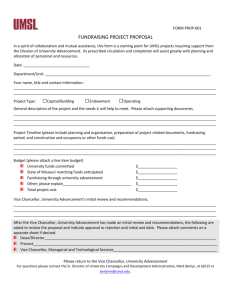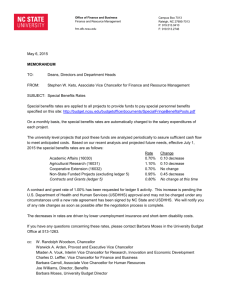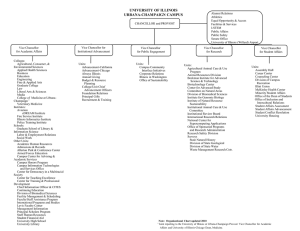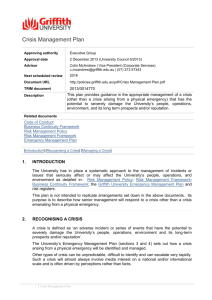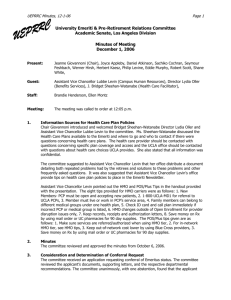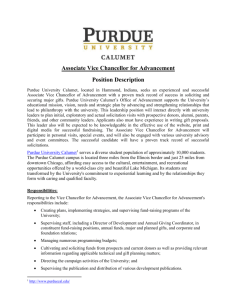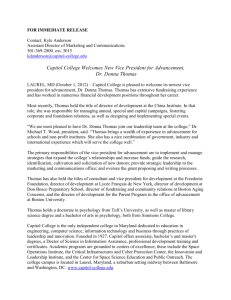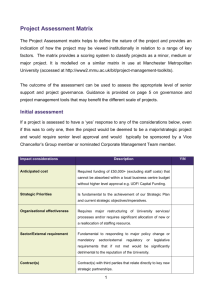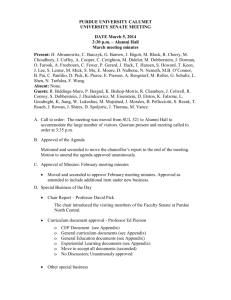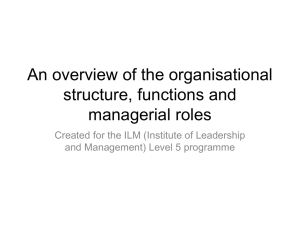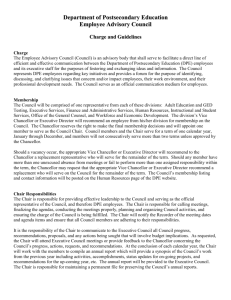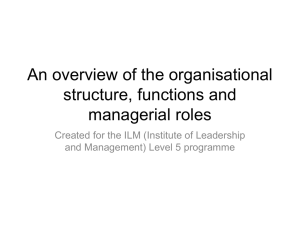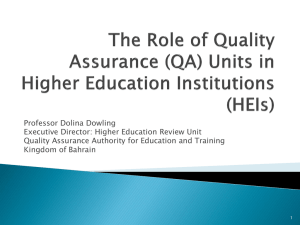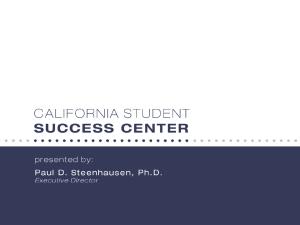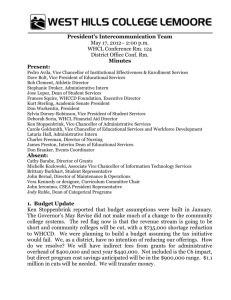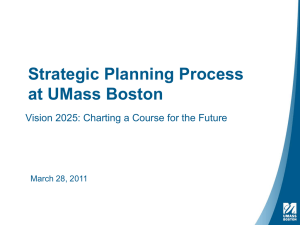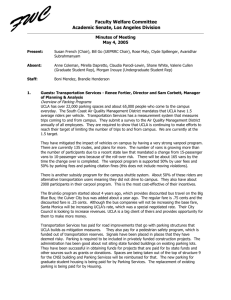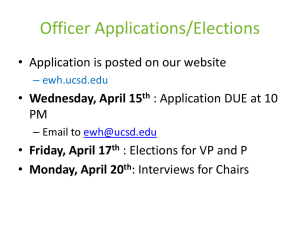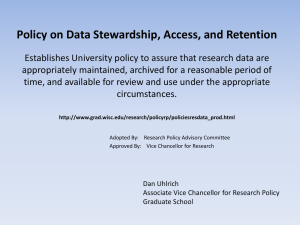Preparing for Tenure Review - UCLA Academic Personnel Office
advertisement
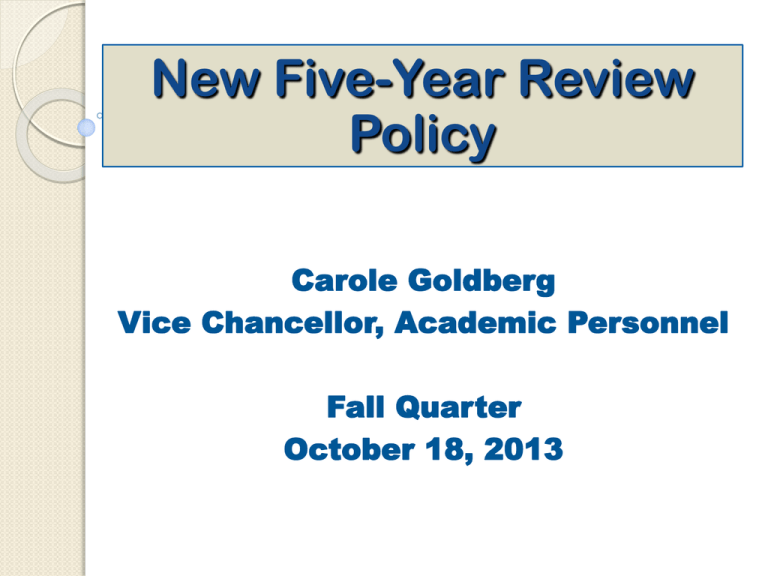
New Five-Year Review Policy Carole Goldberg Vice Chancellor, Academic Personnel Fall Quarter October 18, 2013 Process for Development Research into other UC Policies ◦ Ours very informal, vague ◦ Davis, Riverside, UCSF more structured Consultation with Academic Senate ◦ ◦ ◦ ◦ CAP CODEO FECs Executive Board 2 Why Now? Department Chairs unsure about existing policy Changing conditions on campus ◦ More students ◦ Altered environment for research funding, publication Desire for greater campus support for advancement 3 Authoritative Sources UC’s Academic Personnel Manual (APM) ◦ http://www.apo.ucla.edu/policies ◦ APM 200-0: “Every faculty member shall be reviewed at least every five years. The Chancellor, with the advice of the Academic Senate, shall determine the level and type of review and shall develop appropriate implementing procedures.” UCLA CALL, Appendix 12 ◦ https://www.apo.ucla.edu/policies/thecall/appendices-1/appendix-12-five-year-reviews ◦ Explains purposes, series subject to review, timing, process, outcomes ◦ Effective for reviews this year, effective 7/1/14 4 Purposes for Five-Year Reviews Identify faculty who have been inappropriately overlooked for advancement Identify impediments so faculty members and university can develop strategies for advancement Ensure equitable distribution of university responsibilities 5 Who is Subject to Review? Everyone in a teaching series at Associate or Full ◦ ◦ ◦ ◦ ◦ ◦ Ladder In-Residence Adjunct Lecturer SOE HS Clinical Clin X Everyone in Professional Research Series (APM 310-17d) 6 When is the Review? Spring of year that marks five years of no review for rank or step A negative review starts a new five-year period Leave time will count absent permission from Vice Chancellor Pathways agreement may include deferral of Five-Year Review 7 What are the Basic Changes? Greater detail and guidance ◦ Candidate’s responsibilities ◦ Faculty input ◦ Responsibilities of Department Chair Specified outcomes ◦ Satisfactory with advancement ◦ Satisfactory without advancement ◦ Unsatisfactory Where appropriate, clearer expectations and plan for improved performance to achieve advancement 8 What is the Process? Varied to suit differently placed appointees Advance request from Chair to submit material for a dossier ◦ Review is mandatory ◦ Department must use available materials if none submitted Faculty input according to department policies/bylaws 9 What is the Process? (cont.) Chair develops departmental recommendation Faculty member can review, augment, respond to the Chair’s letter Dean also provides recommendation, and forwards dossier to Vice Chancellor Vice Chancellor makes final decision, and may seek guidance from CAP 10 What Happens if Review is “Unsatisfactory”? Chairs will provide an Action Plan o Reviewed and approved by Vice Chancellor o Specifies performance expectations in aspect(s) of performance that don’t satisfy criteria applicable to current step o Establishes timetable for improvement over next five years o o o o o Potential elements of an Action Plan Strategies to improve teaching Revision of responsibilities Exploration and support for new lines of research Possible change in series Mentoring (e.g., new Emericorps Mentoring Program) Faculty member submits annual progress report Consulting with faculty, Chair provides written Annual Evaluation of progress for dossier 11 What if Plan Expectations are not Met? Chair submits Annual Evaluation to Vice Chancellor, who may seek advice of CAP Chair will recommend further steps consistent with the APM 12
